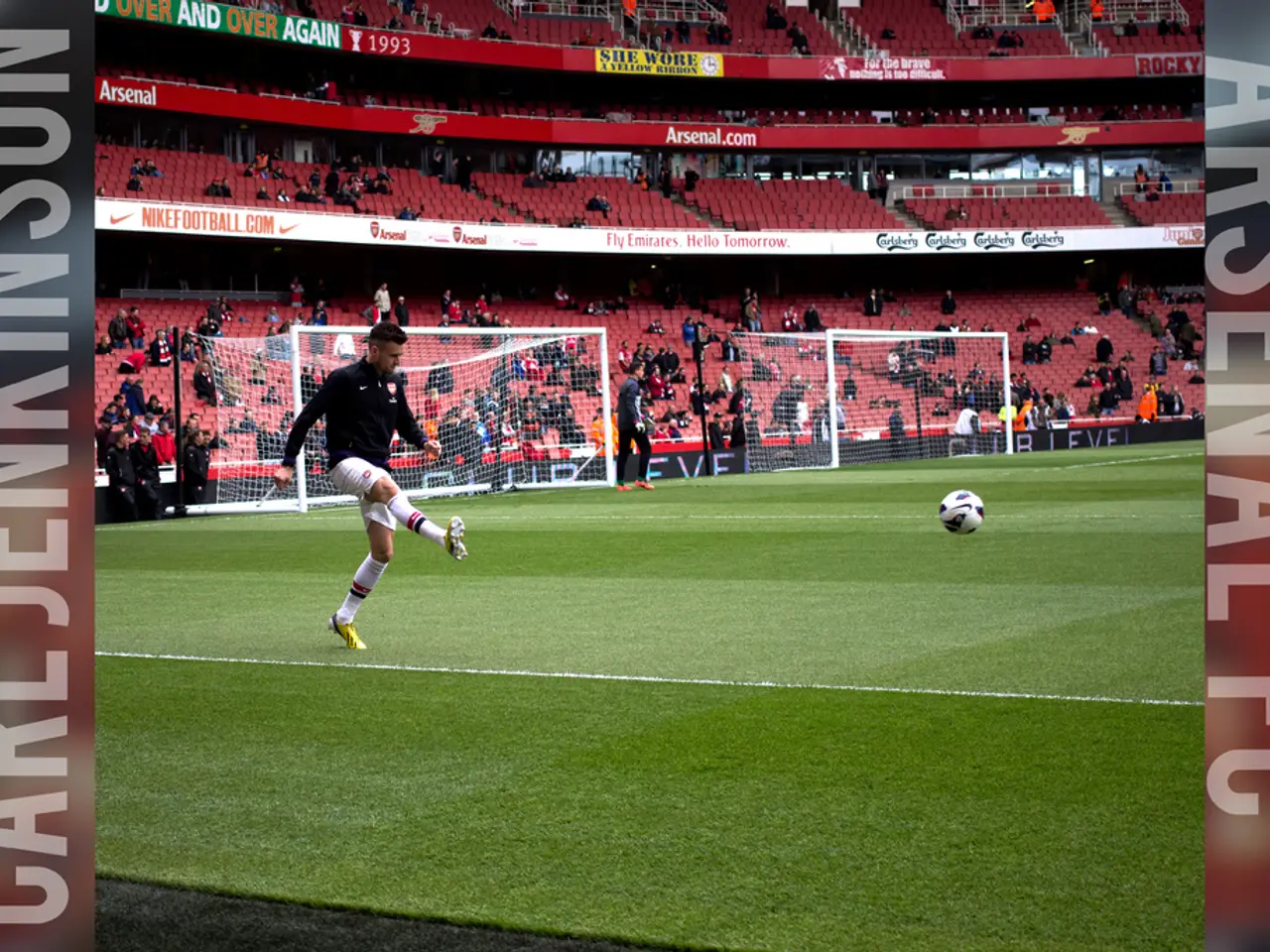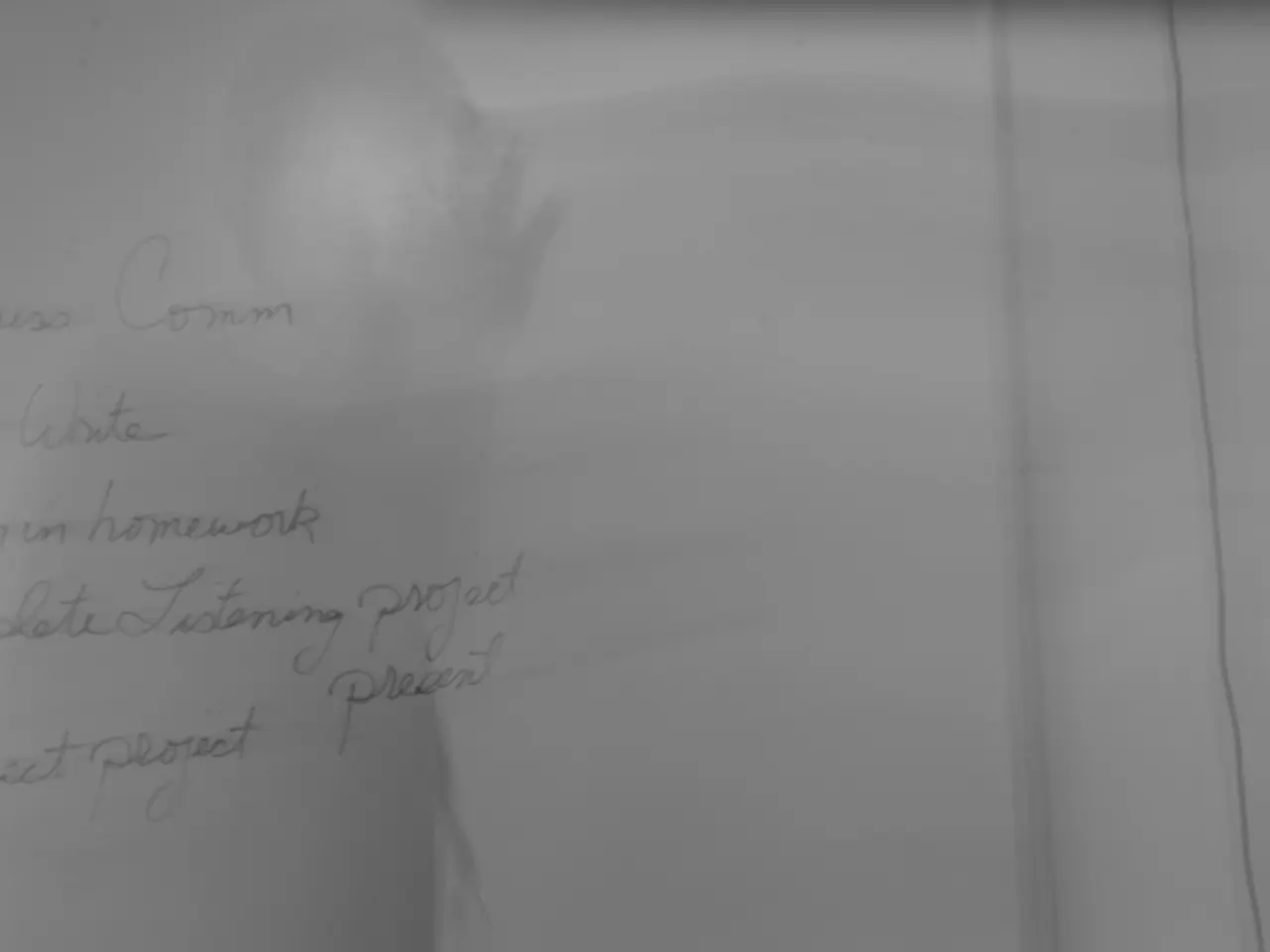Tax Income Explained: Understanding Your Payments and Who Pays the Most
Income Tax: The Unseen Burden on Your Wallet
Income tax is a reality for most people, accounting for the largest portion of taxes they'll pay throughout their lives. The UK government's biggest revenue source, it makes up a whopping 25% of UK tax receipts.
In theory, our income tax system is simple and fair, treating everyone equally. The more you earn, the higher the tax rate. But in practice, it's anything but.
What is Income Tax?
Income tax is a progressive tax that increases as your earnings grow. It's charged on income from employment, self-employment, pensions, rent, savings, and certain benefits. Fortunately, most people have allowances to shield them from paying tax on their first earnings, the primary one being the tax-free personal allowance.
Income Tax Rates
The official tax rates for England, Wales, and Northern Ireland are 20%, 40%, and 45%. Scotland has a slightly different system with rates of 19%, 20%, 21%, 42%, and 47%. These rates apply to income above the personal allowance of £12,570, which varies based on your tax residency.
The personal allowance is not guaranteed for everyone. Those earning over £100,000 lose some or all of their personal allowance, depending on how much they earn above the limit. After a certain point, this can push people into higher tax brackets.
The 60% Tax Trap
The 60% "tax trap" isn't an official rate but rather a result of the reduce personal allowance and higher tax rates. It occurs to those earning between £100,000 and £125,140, with each pound earned after £100,000 effectively losing 50p of its tax-free status. This increases the effective tax rate, turning the 40% income tax into an effective 60%.
Child Benefit and Other Tax Traps
There are other cases where high tax rates can impact families, such as the child benefit tax trap. The government claws back child benefits for families where one parent earns over £60,000 and withdraws them entirely for those earning over £80,000. This can create effective tax rates of up to 60%.
Frozen Thresholds, Fiscal Drag, and Stealth Tax
Frozen thresholds, a policy resulting in inflation-adjusted allowances and thresholds staying the same, can lead to more people being caught in higher tax brackets. This process, known as fiscal drag, means that low earners are more likely to pay taxes, and higher earners contribute a larger portion of income tax receipts.
High earners carrying the burden of taxation has drawn criticisms. Critics argue that high marginal tax rates can deter work and create significant economic inequality.
Who Pays the Most Tax?
While the tax system may seem complicated, it's important to remember that the revenue from income tax is used to fund essential public services, infrastructure, and social welfare programs. High earners continue to contribute a substantial portion of the total income tax receipts, making up over 60% of the total income tax paid.
Tax Allowances
There are several tax allowances available to help supplement your income after paying income tax. Marriage Allowance, Blind Person's Allowance, and the trading allowance are some examples. Make sure to explore these options when planning your finances.
- Income tax, a significant contributor to taxes throughout one's life, constitutes a substantial portion of the UK government's revenue and accounts for 25% of UK tax receipts.
- Income tax is a progressive tax that increases as earnings grow, encompassing income from employment, self-employment, pensions, rent, savings, and certain benefits, with allowances to shield people from paying tax on their initial earnings.
- The official tax rates for England, Wales, and Northern Ireland are 20%, 40%, and 45%, while Scotland has rates of 19%, 20%, 21%, 42%, and 47%. Income above the personal allowance of £12,570, which varies based on tax residency, is subject to these rates.
- Those earning over £100,000 may lose some or all of their personal allowance, which can push them into higher tax brackets. This can result in effective tax rates that are higher than the official rates, such as an effective 60% for those earning between £100,000 and £125,140.
- The child benefit tax trap is another instance where high tax rates can impact families, with the government clawing back child benefits for families where one parent earns over £60,000 and withdrawing them entirely for those earning over £80,000.
- Frozen thresholds, a policy resulting in inflation-adjusted allowances and thresholds remaining the same, can lead to more people being caught in higher tax brackets, a process known as fiscal drag, which may result in low earners paying taxes, and high earners contributing a larger proportion of income tax receipts.
- To supplement income after paying income tax, consider exploring various tax allowances such as Marriage Allowance, Blind Person's Allowance, and the trading allowance when planning your personal-finance and investing strategies for the year 2023 and beyond.






